What was the difference between Privateers and Pirates?
Ah, the high seas! A realm where adventure and danger danced hand in hand. The world of privateers and pirates is one filled with tales of daring escapades and treasures buried beneath the sands. These seafaring rogues have long captured our imagination, inspiring countless stories, movies, and even theme park rides. But who were these figures really? Were they all cut from the same cloth, or were there nuances to their nautical narratives?
The Golden Age of Piracy: Setting the Scene
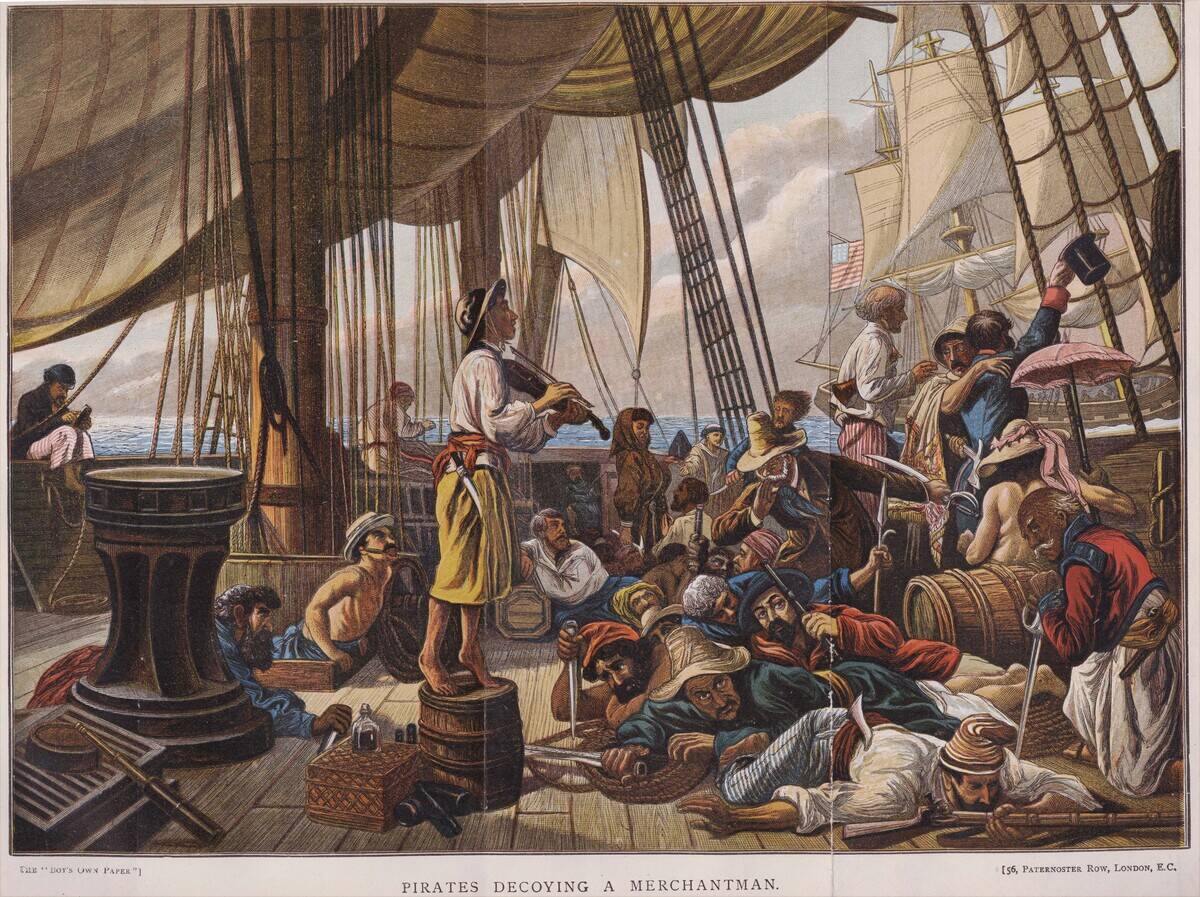
The Golden Age of Piracy, spanning from the late 1600s to the early 1700s, was a time when pirates roamed the seas with reckless abandon. This period saw infamous names like Blackbeard and Captain Kidd striking fear into the hearts of sailors. The Caribbean was a hotbed of pirate activity, with its many islands offering the perfect hiding spots for these sea marauders. The allure of untold riches and the freedom of the open sea drew many to this life of crime.
Defining Privateers: The Legal Buccaneers
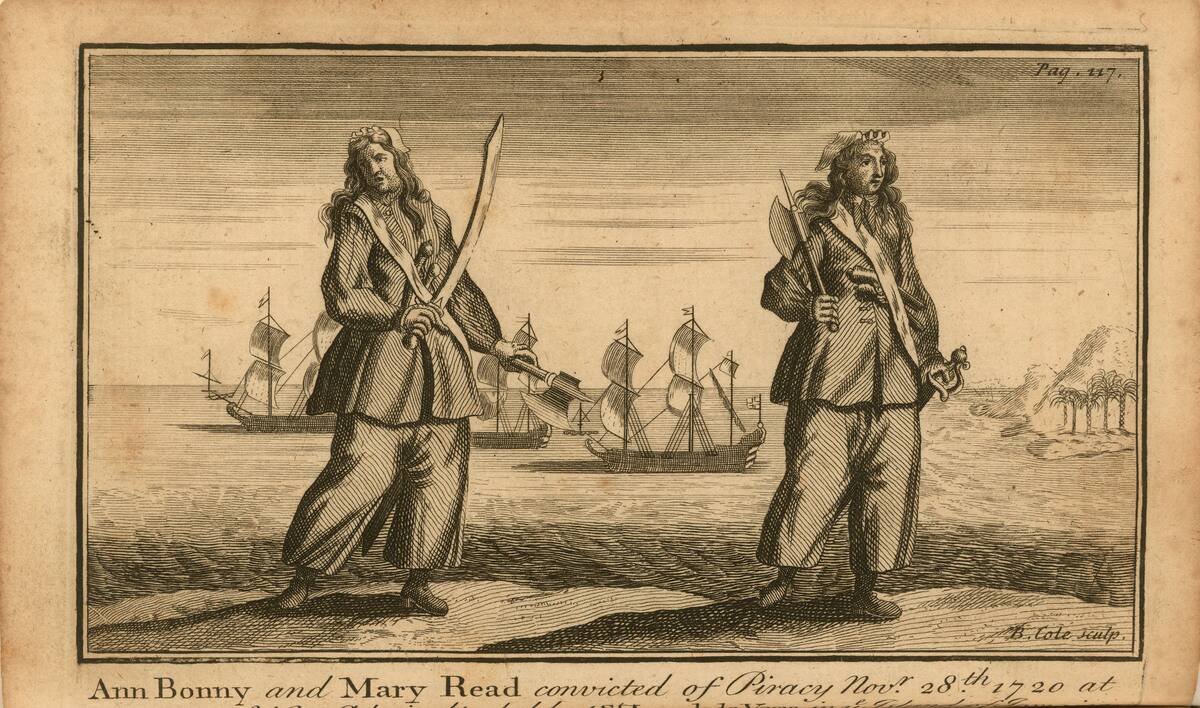
Privateers were essentially legalized pirates, operating under the blessing of a government. With a letter of marque in hand, these sailors were authorized to attack enemy ships during wartime. This arrangement allowed nations to bolster their naval power without expanding their own fleets. Privateering was a lucrative business, and many sailors found it a more appealing alternative to traditional naval service. However, this legal veneer didn’t always keep them on the right side of the law.
Understanding Pirates: The Outlaws of the Sea
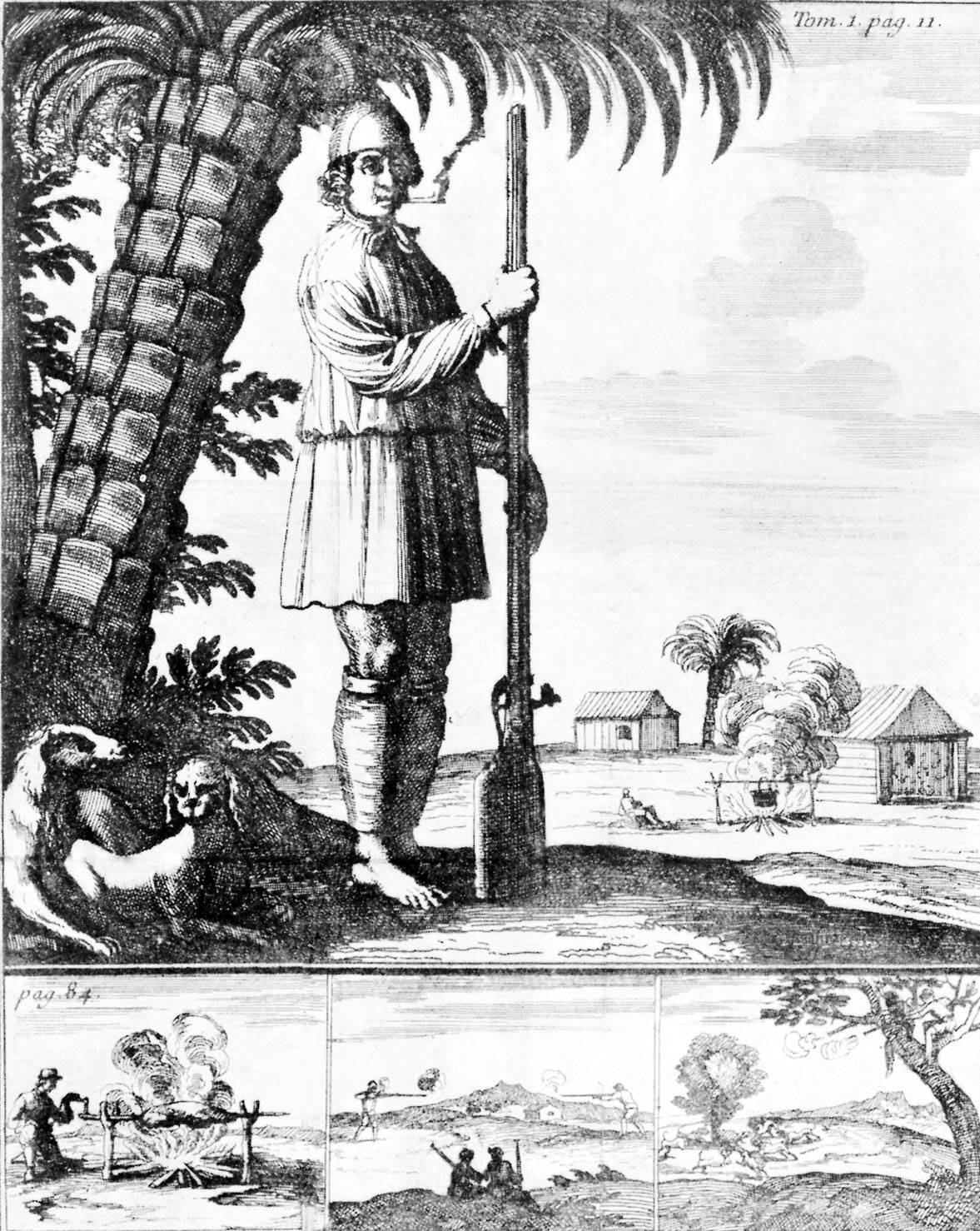
Unlike privateers, pirates operated outside the law, beholden to no nation or legal authority. They were the true rebels of the sea, attacking ships indiscriminately for profit and plunder. Pirates lived by their own code, often democratic in nature, deciding on matters like leadership and distribution of loot through collective voting. Their fierce independence and disregard for authority made them both feared and romanticized figures throughout history.
Letters of Marque: A Privateer’s License to Plunder
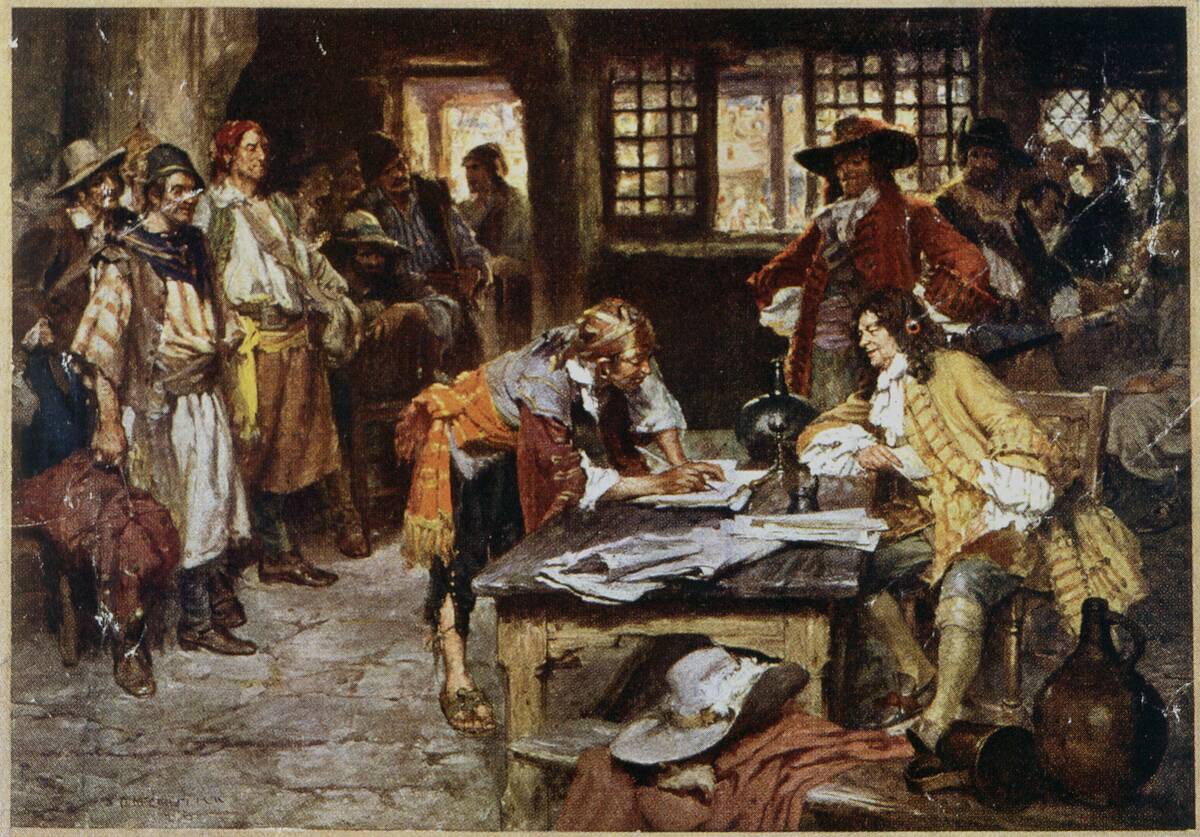
A letter of marque was a formal document granting privateers the right to capture enemy vessels. Issued by governments, these letters essentially legalized acts of piracy against rival nations. Holding such a letter provided a semblance of legitimacy, transforming sea bandits into national heroes. However, the line between privateering and piracy was often blurred, as some privateers turned to piracy when the opportunity arose, or when peace treaties left them jobless.
No Rules, No Masters: The Pirate Code
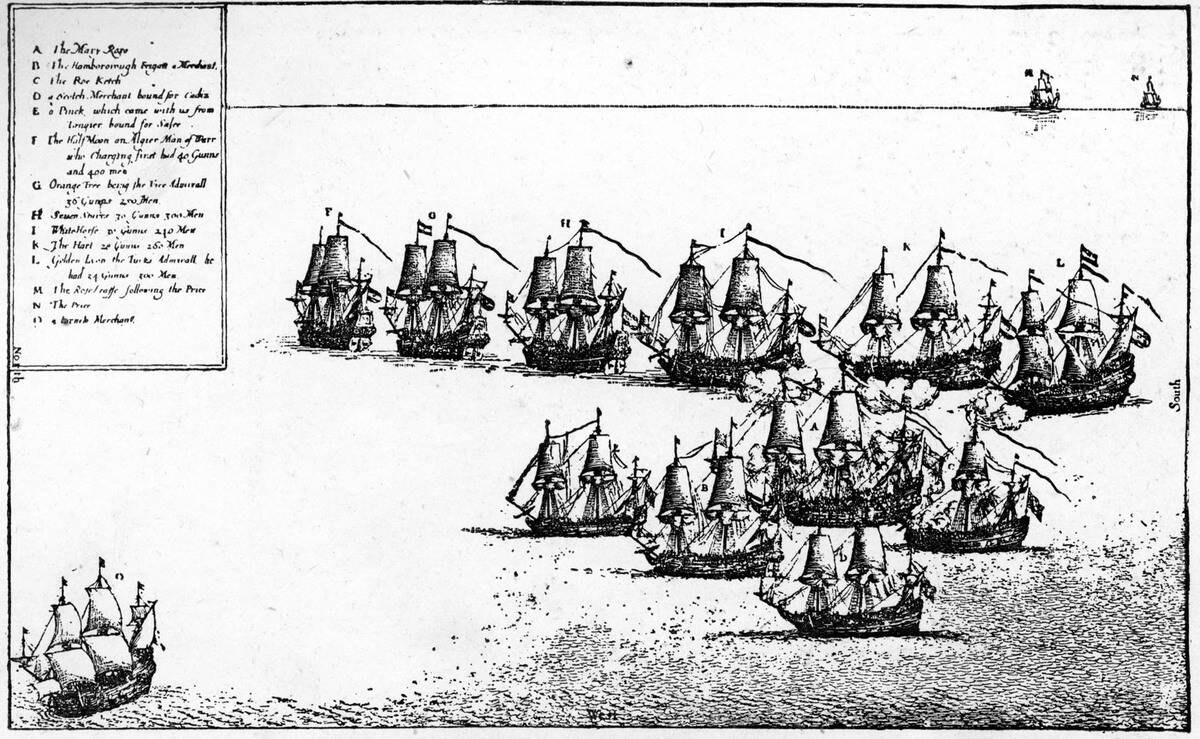
Though pirates rejected societal norms, many observed a ‘pirate code’ that governed life on board. These codes, often unwritten, emphasized fairness and equality, with rules about sharing loot and resolving disputes. Captains were elected, and decisions were made collectively, offering more democracy than many sailors experienced in the navy. Punishments for breaking the code could be severe, ranging from marooning to death, underscoring the seriousness with which pirates took their self-imposed rules.
National Allegiances vs. Rogue Independence
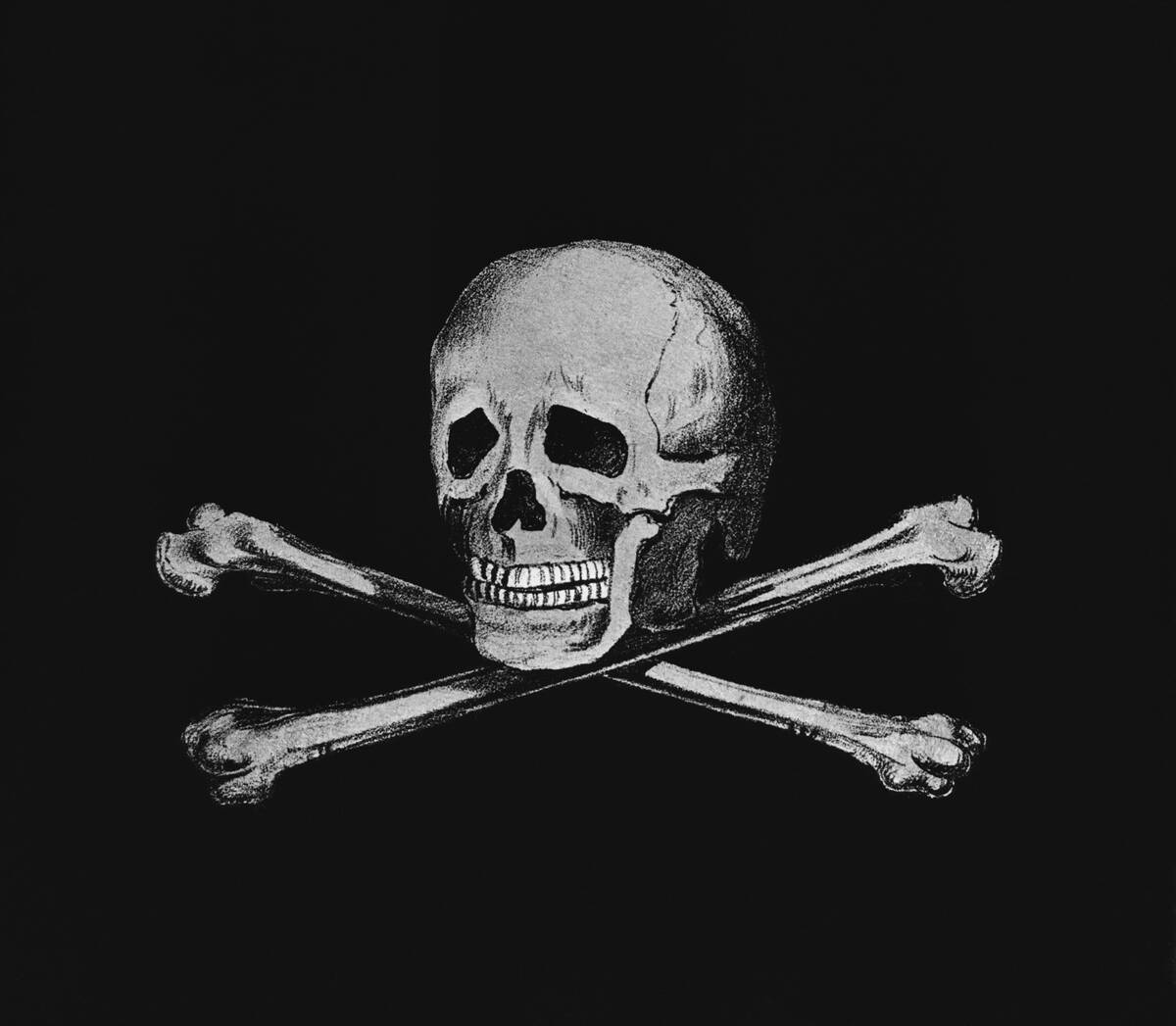
Privateers and pirates differed starkly in their allegiances. Privateers were loyal to their sponsoring nations, serving as an extension of their naval power. In contrast, pirates shunned such ties, valuing their independence above all else. This lack of allegiance allowed pirates to operate freely, targeting any vessel they deemed profitable. It also made them enemies of all nations, as their unpredictable nature posed a threat to maritime commerce and security everywhere.
The Role of Governments in Privateering
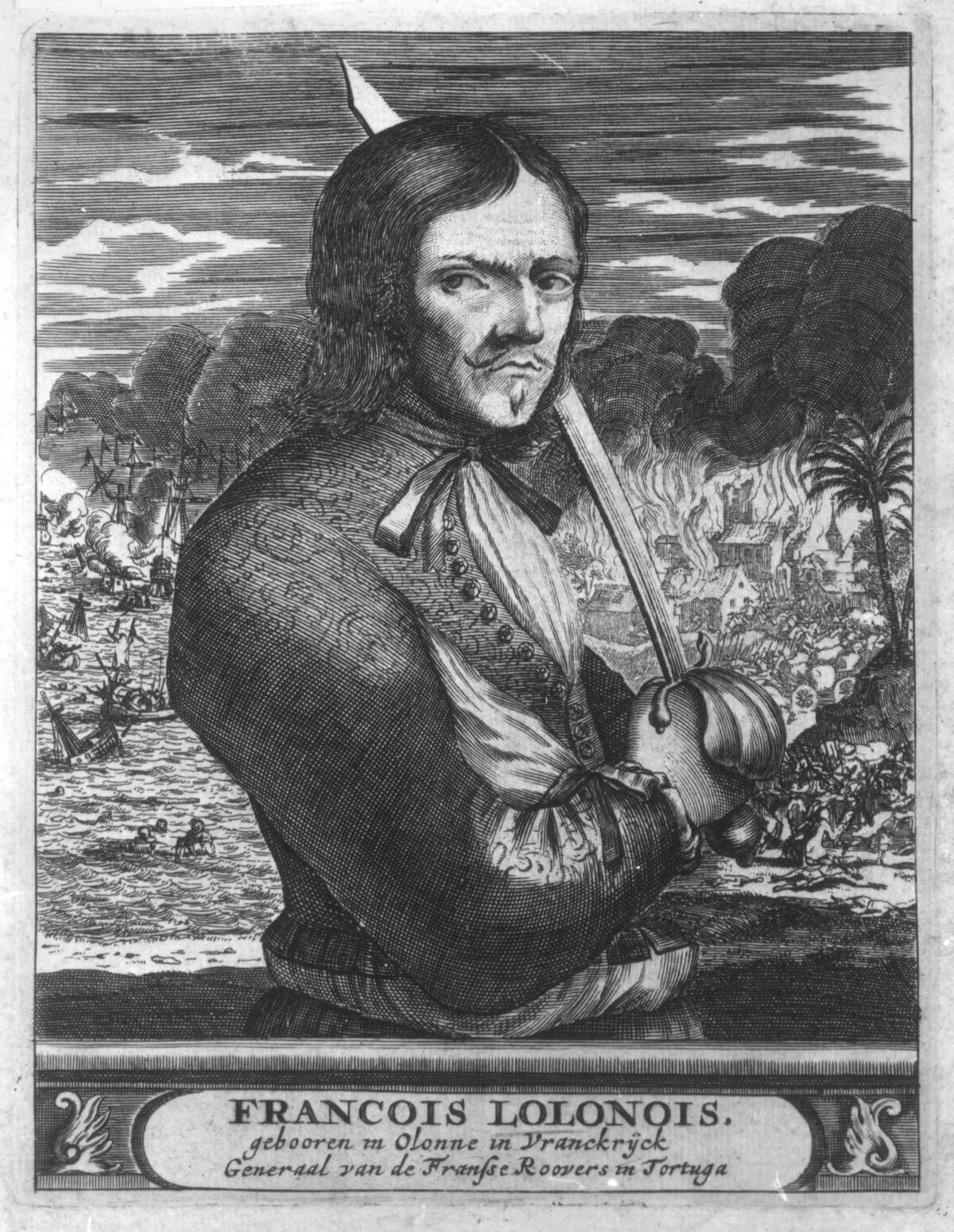
Governments played a crucial role in the world of privateering, using it as a tool for economic warfare. By issuing letters of marque, they could disrupt enemy trade and deplete their naval resources without the cost of maintaining a large fleet. For many nations, privateers were a vital part of their wartime strategy. However, this relationship was not without risk, as privateers could easily slip into piracy, especially during peacetime when their services were no longer needed.
Pirate Havens: Where Outlaws Found Refuge
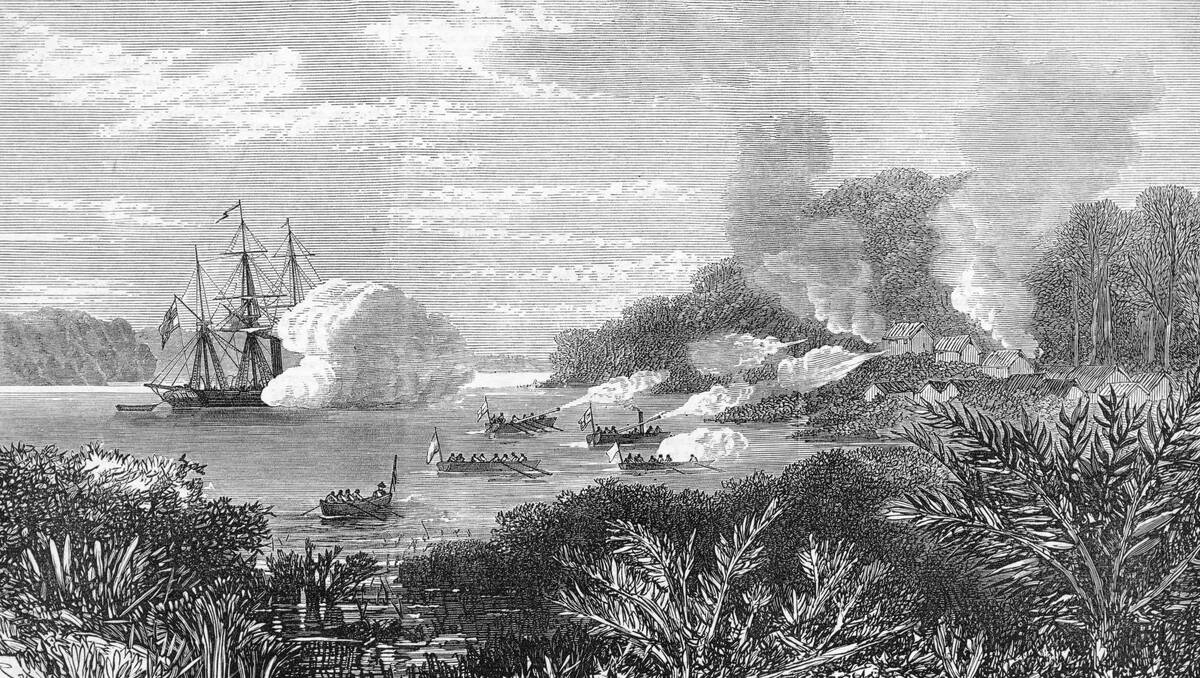
Pirate havens like Nassau in the Bahamas offered refuge for weary outlaws. These ports provided a safe space to repair ships, trade goods, and spend their ill-gotten gains. With little to no law enforcement, such places became thriving hubs of pirate activity. Pirates from all over the world congregated in these havens, sharing stories and forming alliances. The lack of government control allowed a unique cultural melting pot to develop, blending different languages, customs, and traditions.
Famous Privateers in History
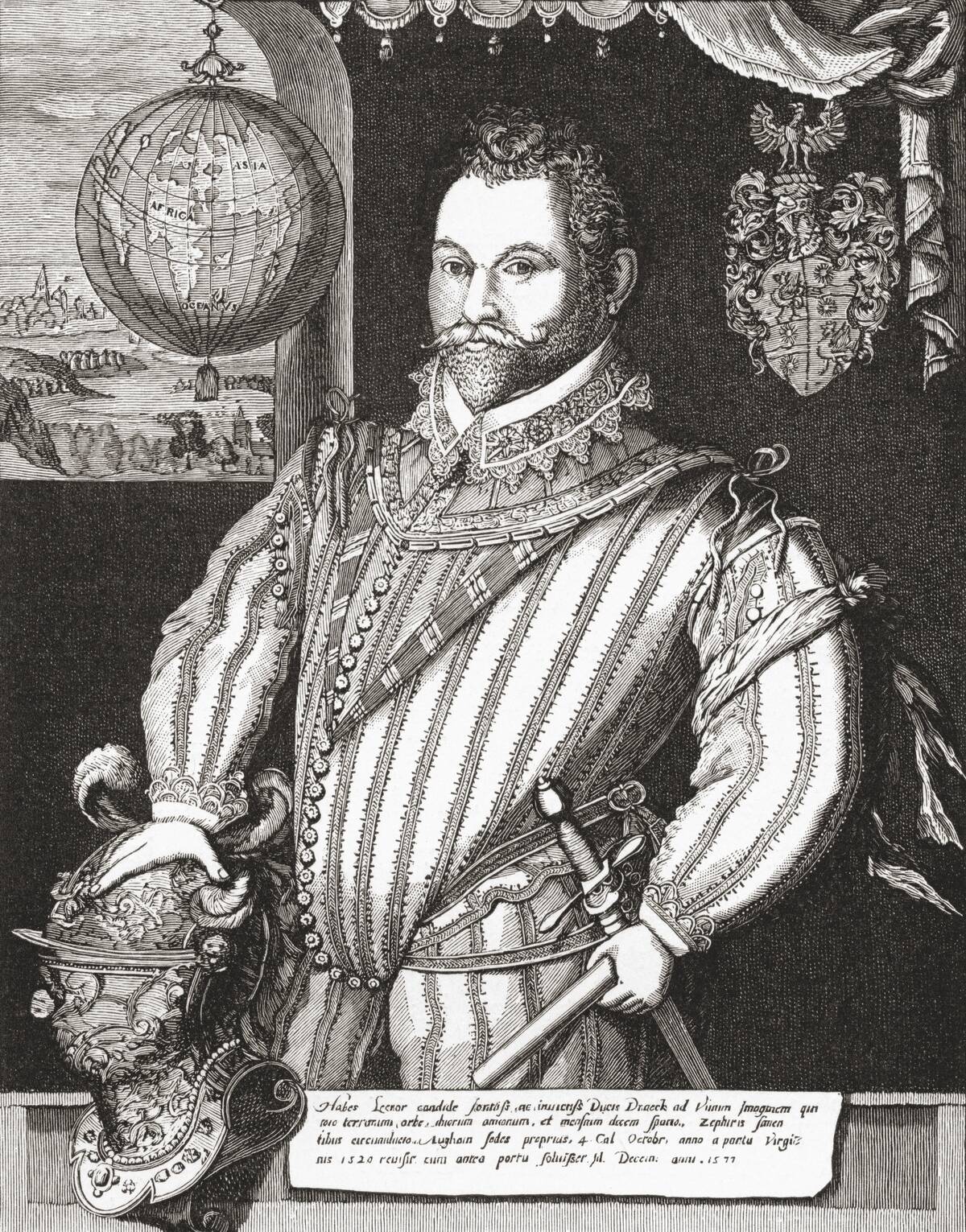
Sir Francis Drake, a renowned English privateer, played a pivotal role in England’s naval dominance. With his letter of marque, he circumnavigated the globe, plundering Spanish ships along the way. Another notable figure was Henry Morgan, whose daring raids in the Caribbean earned him a knighthood. These men were celebrated in their homelands, hailed as heroes despite their piratical methods. Their exploits not only enriched their nations but also left a lasting legacy in maritime history.
Infamous Pirates Who Ruled the Waves
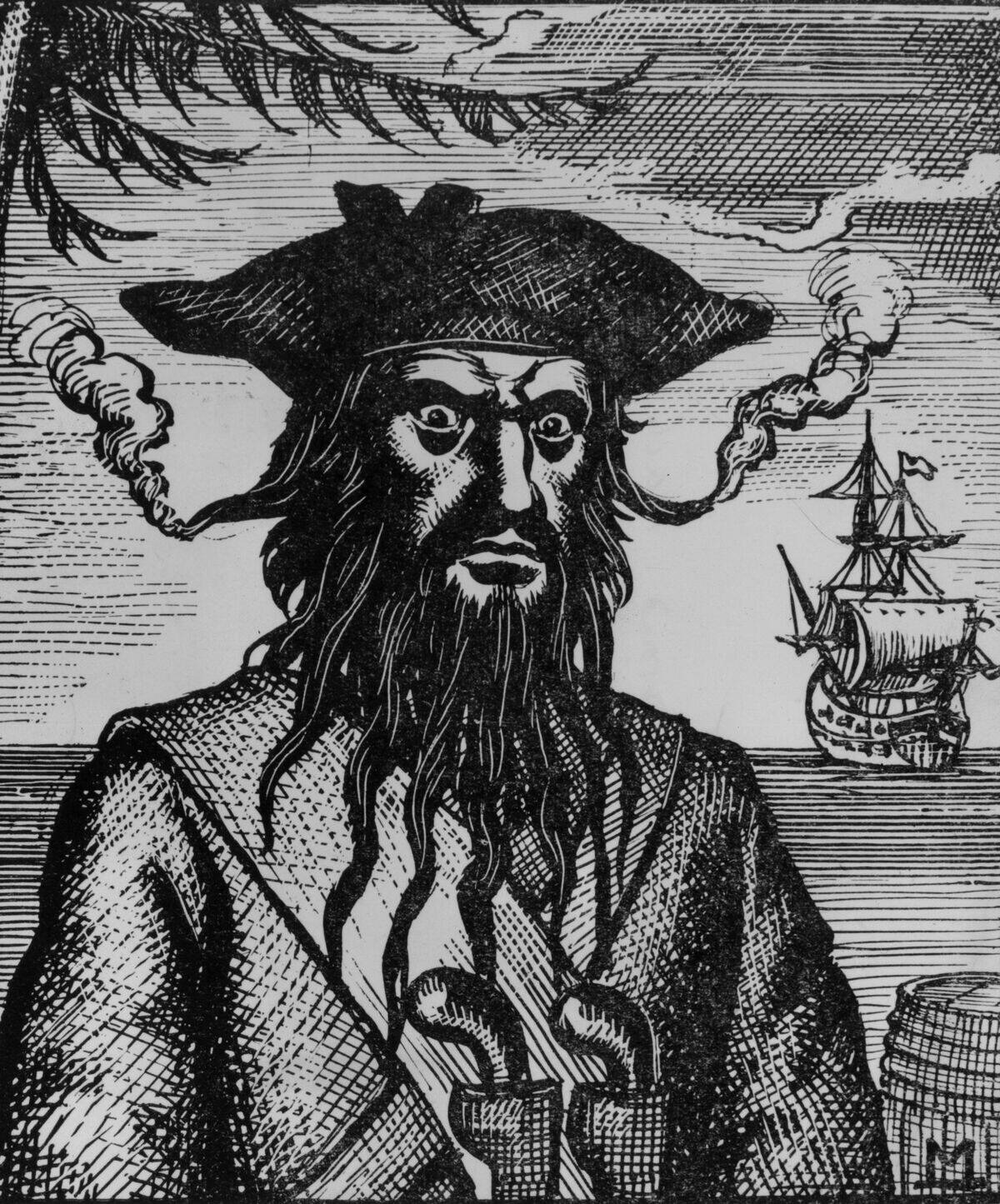
Blackbeard, perhaps the most infamous pirate of them all, terrorized the American colonies with his fearsome appearance and ruthless tactics. Another legendary figure was Anne Bonny, one of the few female pirates who defied gender norms to command respect among her male counterparts. These pirates were feared and revered, their stories echoing through the ages. Operating with reckless abandon, they struck fear into the hearts of sailors, cementing their place in history as the ultimate outlaws.
The Economic Impact of Privateering
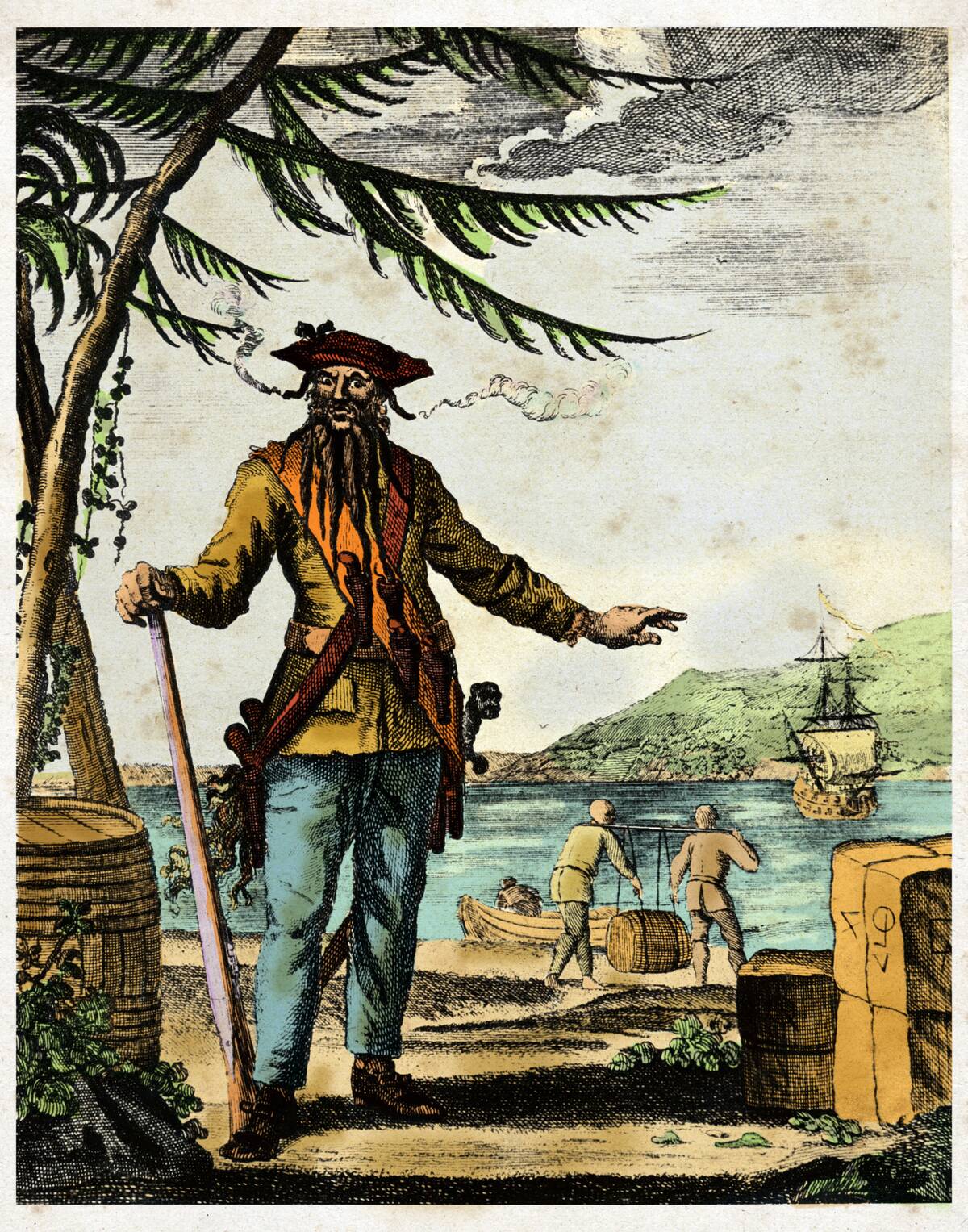
Privateering had a significant economic impact, providing a source of income for sailors and boosting national economies. By capturing enemy ships, privateers disrupted trade routes and drained rival resources. The prizes they brought back injected wealth into their home countries, funding further naval ventures and infrastructure. However, the line between privateering and piracy was thin, and the economic benefits often came at the cost of strained international relations and increased maritime tension.
Pirate Economics: Treasure, Trade, and Trinkets
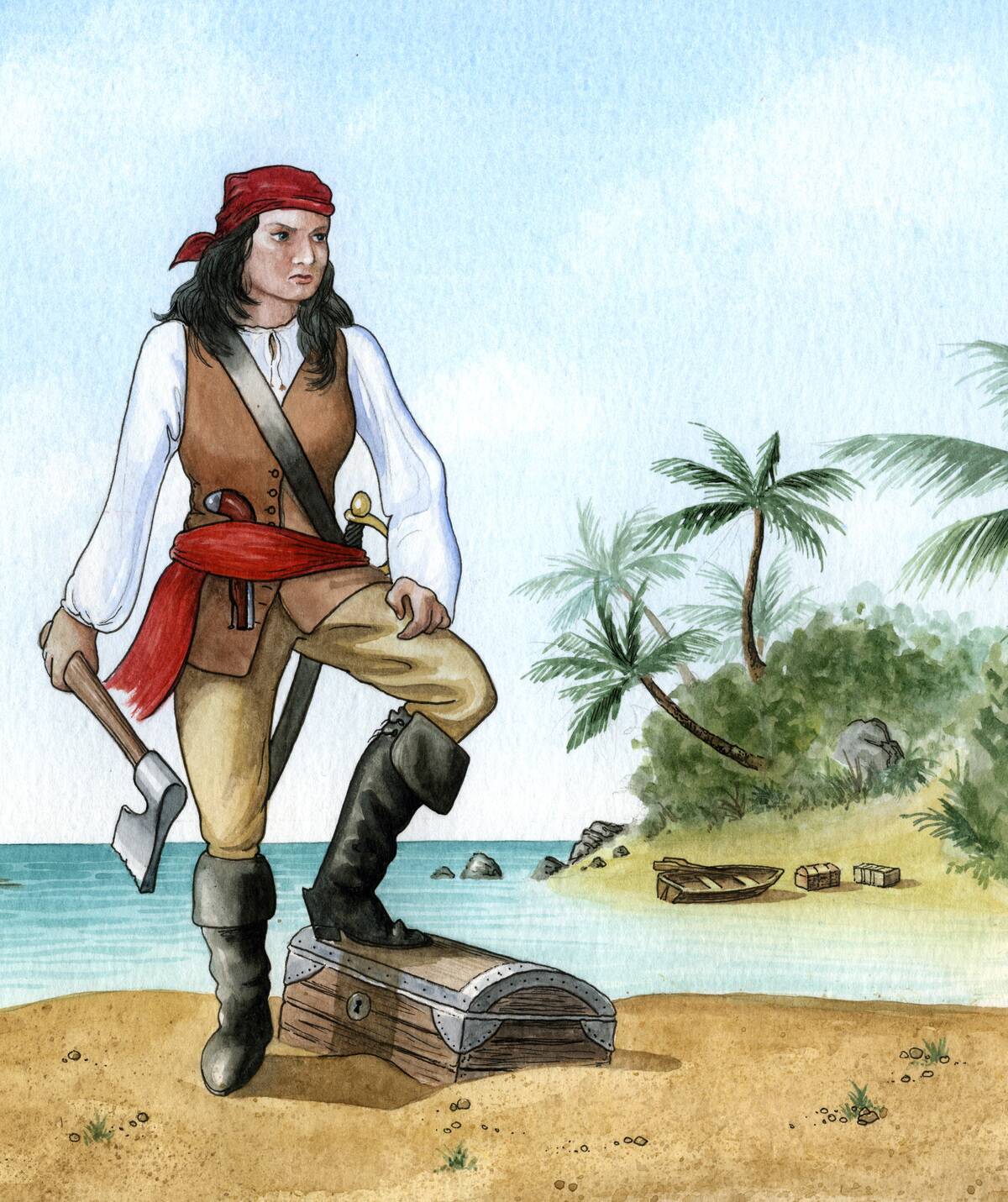
Pirates operated in a world where treasure was the name of the game. Loot from captured ships included gold, spices, and other valuable goods. However, not all pirate wealth came from treasure chests; trade was also a vital part of pirate economics. Pirates established trade networks, exchanging goods with merchants willing to overlook their criminal activities. This underground economy thrived in pirate havens, fueling the local economies and allowing pirates to live lavishly despite their outlaw status.
Life Aboard a Privateer Ship
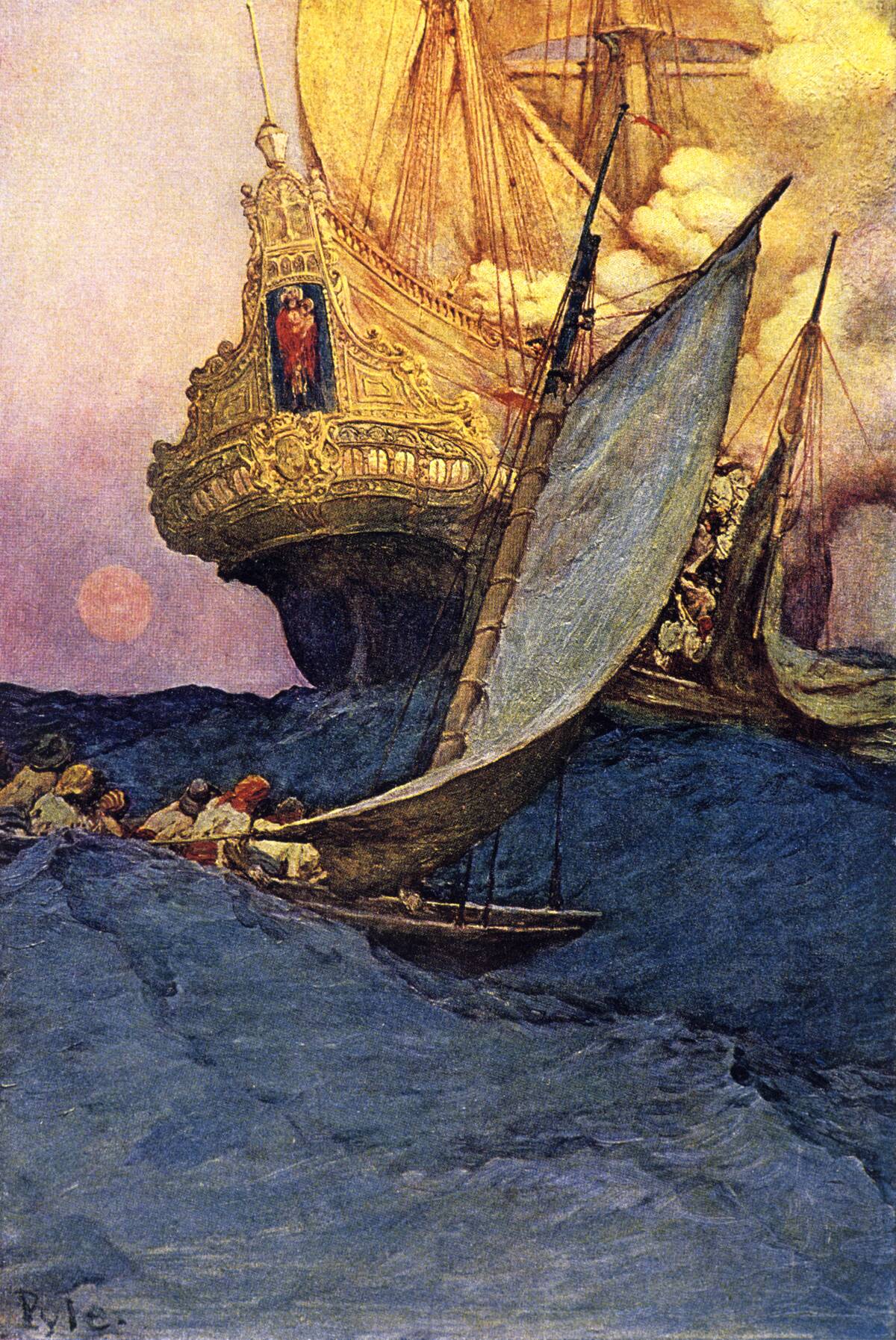
Life aboard a privateer ship was a mix of discipline and adventure. While the promise of riches was enticing, the reality was often harsh. Sailors endured cramped conditions, scarce rations, and the constant threat of battle. However, compared to the rigid hierarchy of naval ships, privateers enjoyed more freedom and a share of the spoils. Camaraderie was strong, and the promise of profit kept morale high, even in the face of adversity. For many, the risks were worth the potential rewards.
The Harsh Realities of Pirate Life
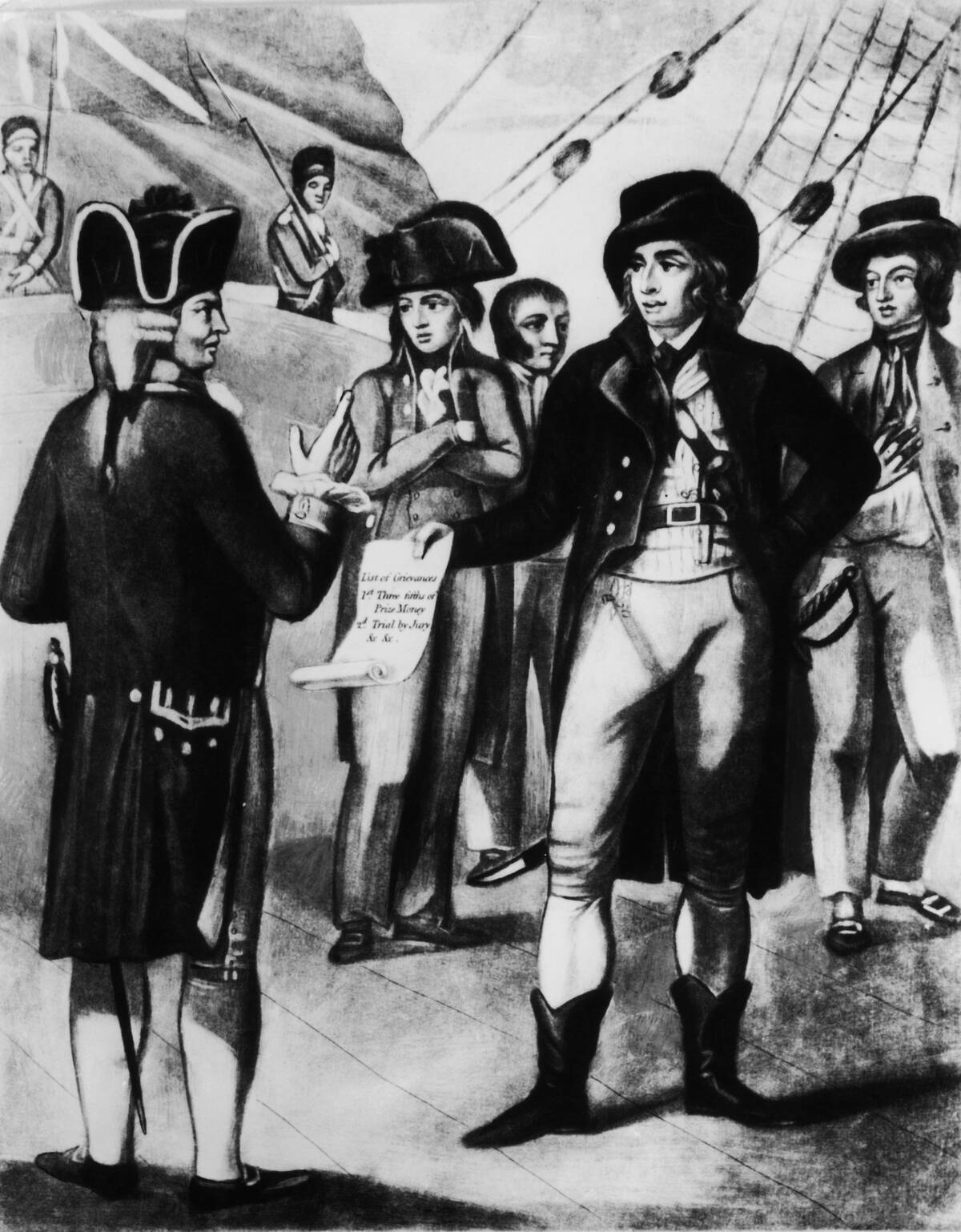
Pirate life, though romanticized, was fraught with hardship. Constant danger from naval forces, rival pirates, and the sea itself meant that death was a frequent companion. Living conditions were tough, with poor sanitation and limited food supplies. Despite these hardships, the allure of freedom and potential for wealth drew many to piracy. Pirates often formed close-knit communities, bound by a shared fate and a fierce loyalty to one another. Yet, the life of a pirate was rarely long or prosperous.
The Legal Ramifications: Privateers on Trial
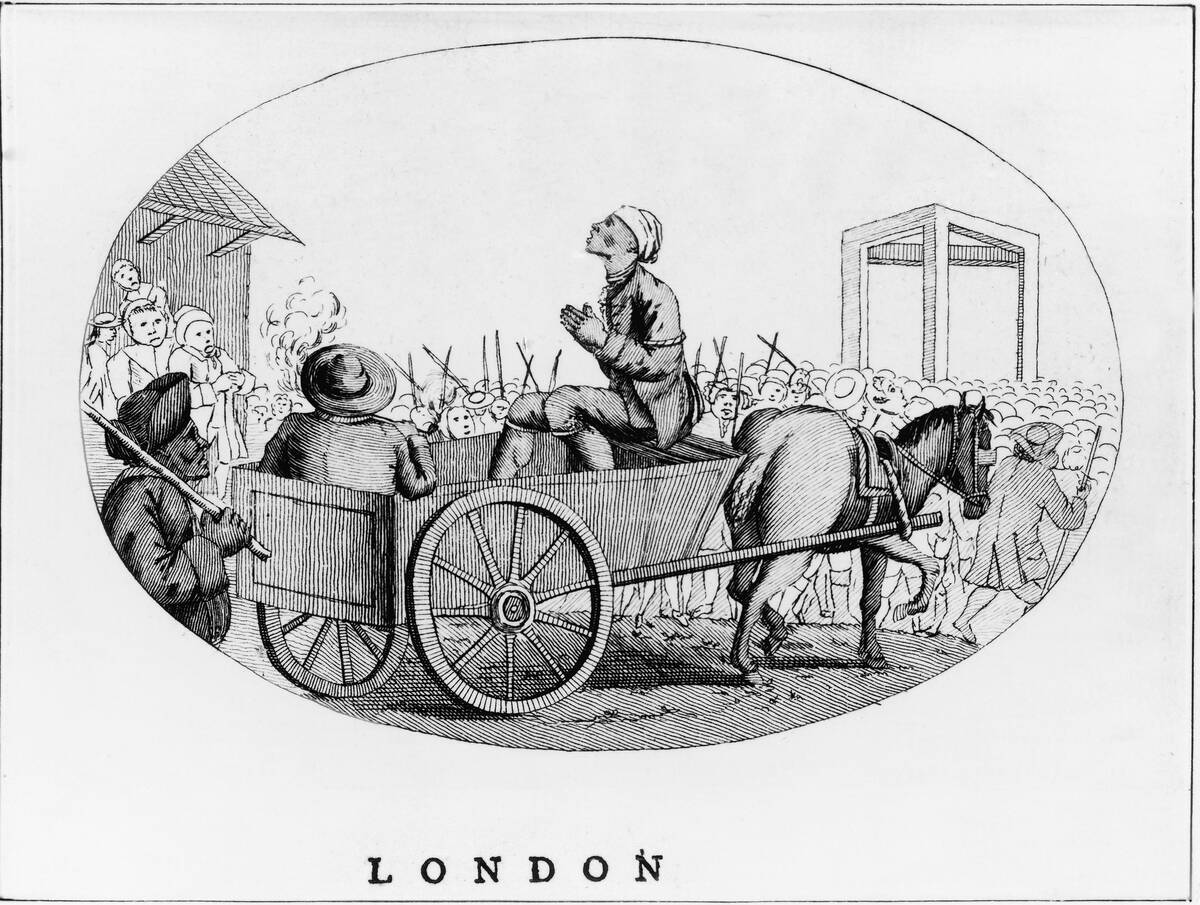
When caught, privateers could face trial if they overstepped their bounds or operated without proper authorization. Courts examined the legality of their actions, scrutinizing letters of marque and the circumstances of their captures. A privateer without a valid letter was often treated as a pirate, subject to harsh penalties, including execution. These trials highlighted the fine line between sanctioned privateering and outright piracy, emphasizing the importance of legal documentation in their operations.
Pirates in the Courtroom
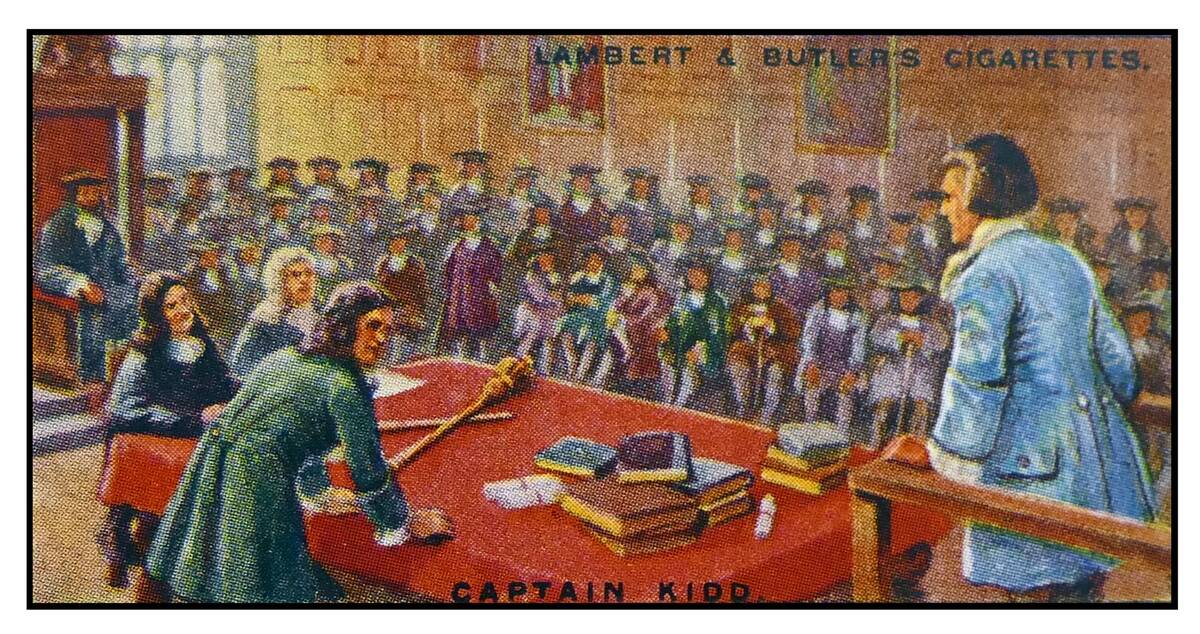
Pirates, when captured, faced swift justice. Trials were often held at sea or in port towns, with little chance of acquittal. The legal system viewed piracy as a grave offense, and punishments were severe. Hangings were common, serving as a deterrent to others who might be tempted by a life of piracy. Despite the harsh consequences, some pirates became folk heroes, their trials turning into public spectacles that captivated and horrified audiences alike.
The End of Privateering: Shifts in Naval Warfare
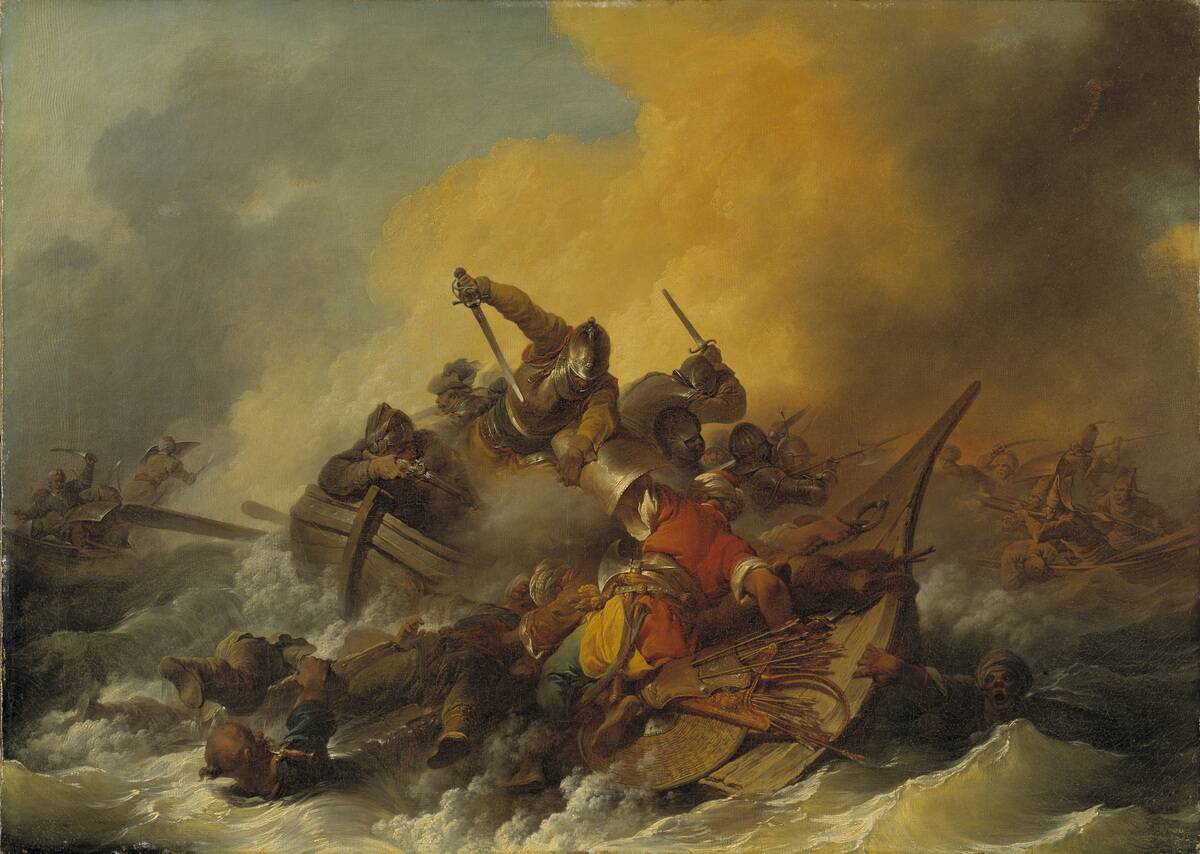
The decline of privateering came with the rise of professional navies and changes in international law. By the 19th century, privateering was seen as an outdated practice, incompatible with modern warfare. The Declaration of Paris in 1856 marked a significant turning point, as major powers agreed to abolish privateering. This shift reflected a move towards more regulated naval conflict, leaving privateers as relics of a bygone era. The end of privateering marked a new chapter in maritime history.
The Decline of Piracy: From Legends to Law
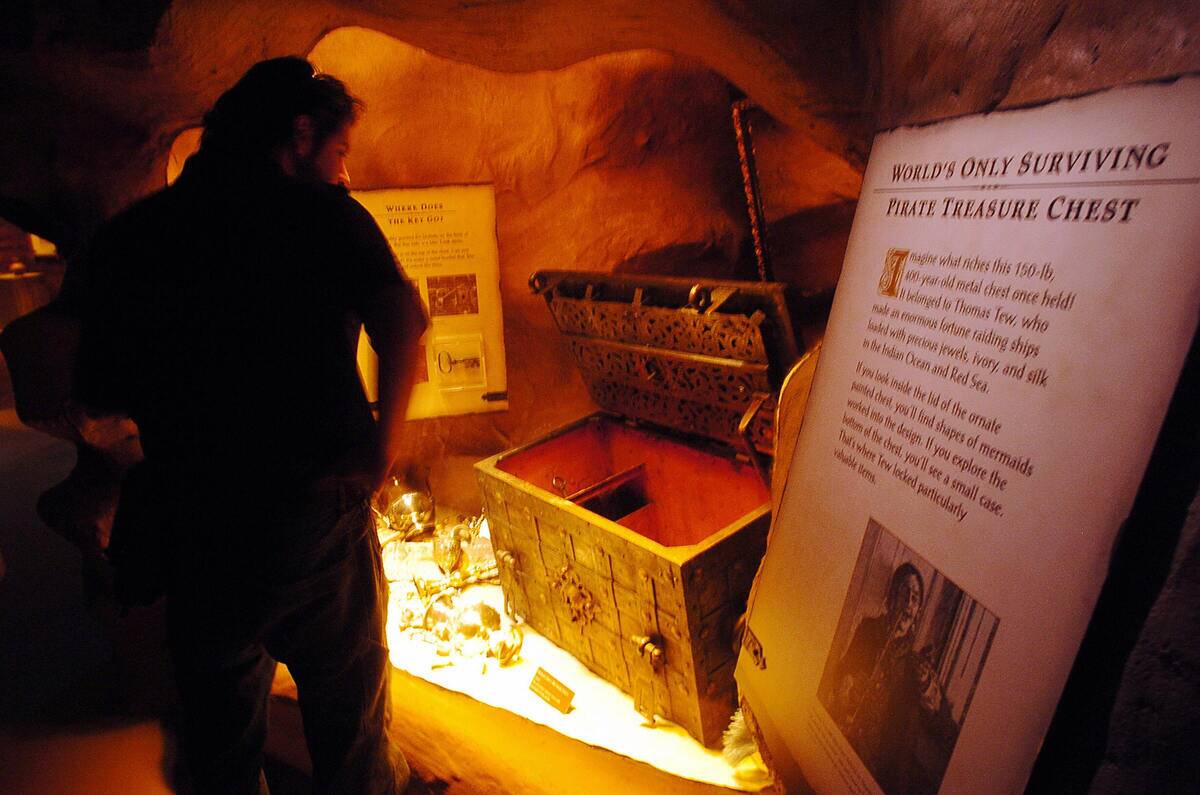
Piracy’s decline was due to increased naval patrols and the establishment of laws targeting pirate activities. By the 18th century’s end, many pirate havens had been dismantled, and the golden age of piracy had waned. The romantic image of the pirate endured, but the reality was that increased law enforcement and changing trade routes made piracy less viable. As the seas grew safer for commerce, the pirate’s reign of terror faded into legend, leaving behind tales of adventure and rebellion.
Cultural Legacy: How Privateers and Pirates Shaped Pop Culture
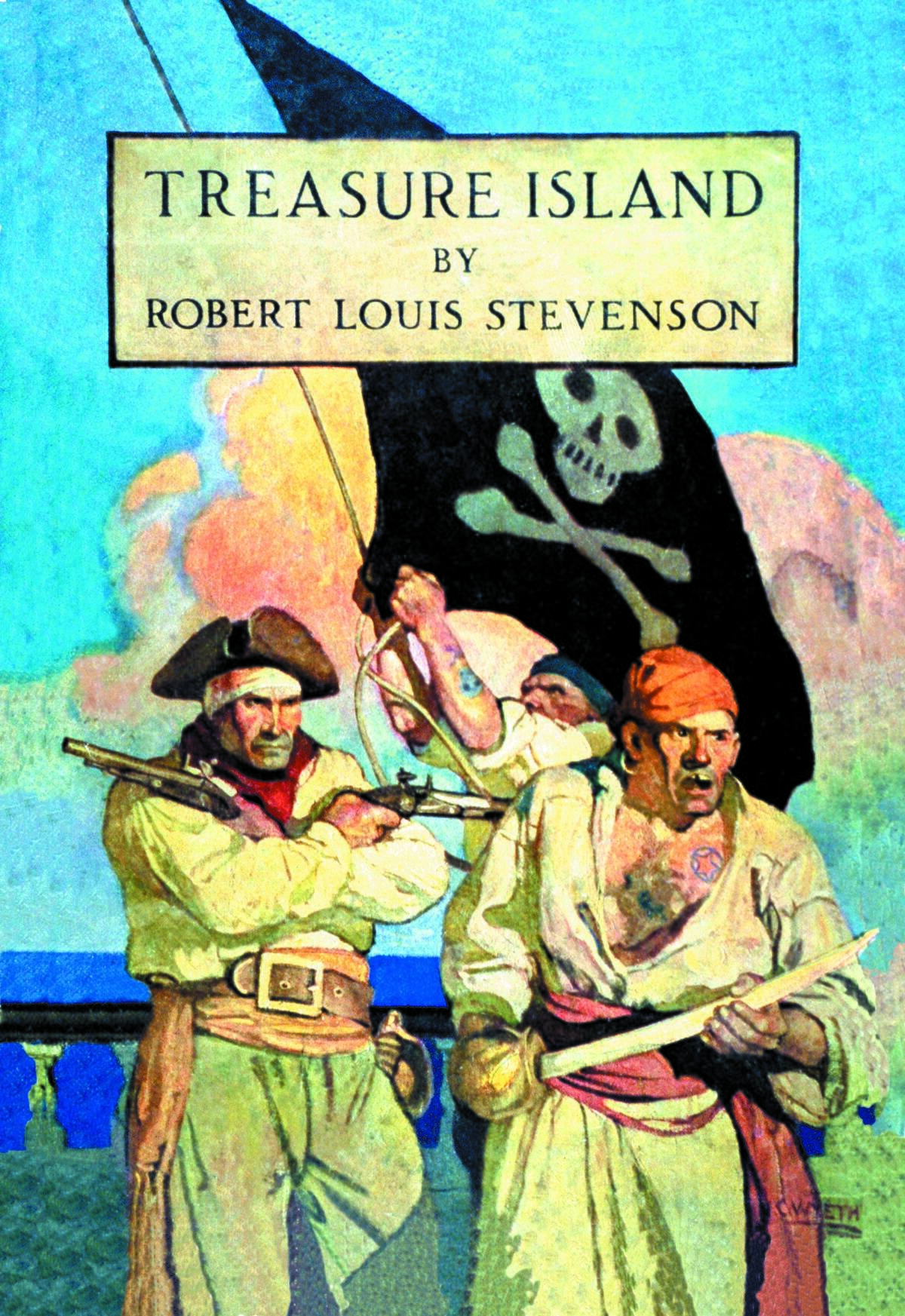
The legacy of privateers and pirates lives on in pop culture, from novels like ‘Treasure Island’ to films like ‘Pirates of the Caribbean.’ These sea rogues have become symbols of adventure and rebellion, captivating audiences with tales of swashbuckling exploits. Their stories have been romanticized, often glossing over the harsh realities in favor of thrilling escapades. Yet, it’s this blend of fact and fiction that keeps the spirit of the high seas alive, inspiring new generations to dream of adventure beyond the horizon.




